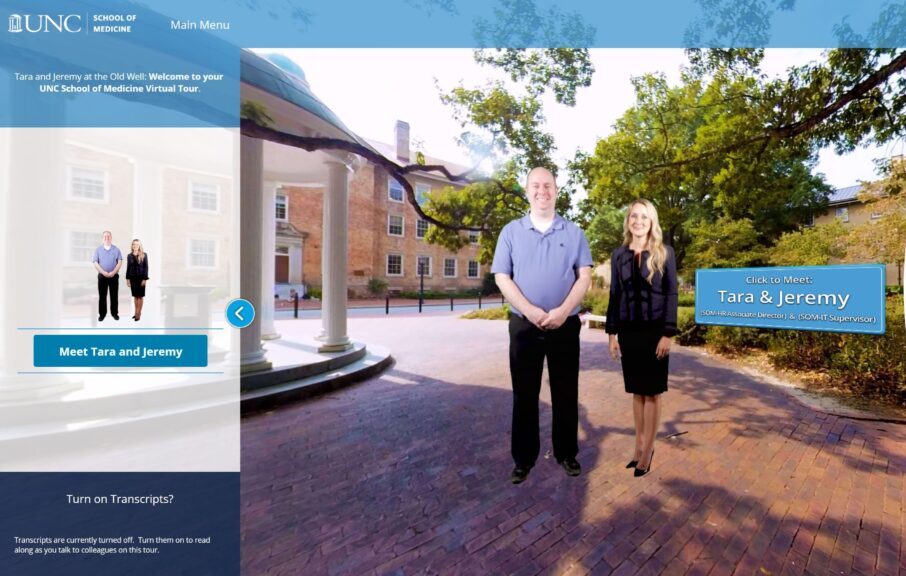Immersive Education Technologies

Immersive education technologies utilize 360 and 3D digital content to give users a sense of presence and first-hand exposure to a subject matter. Referred to collectively as Extended Reality (XR), these technologies offer the potential to improve learning and therapy outcomes and reduce costs by offering standardized, realistic, replicable, and scalable experiences, including scenarios that would otherwise be inaccessible.
Patient encounter scenarios, surgical simulations, anatomical exploration, medical device trainings, lab orientations and more are being used in Medical Education institutions across the country and world, to help prepare students and healthcare professionals for the future.
